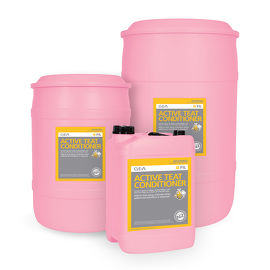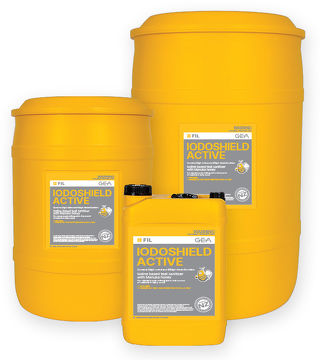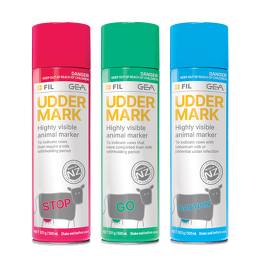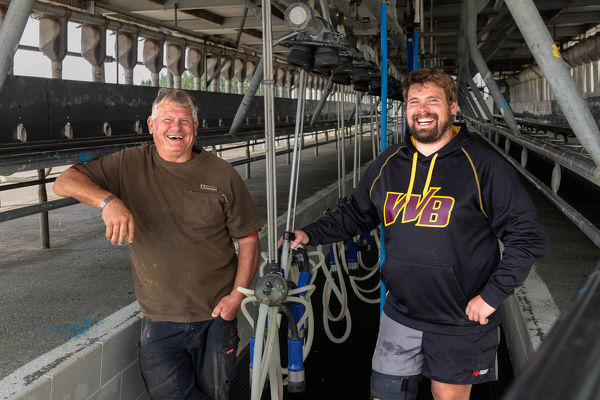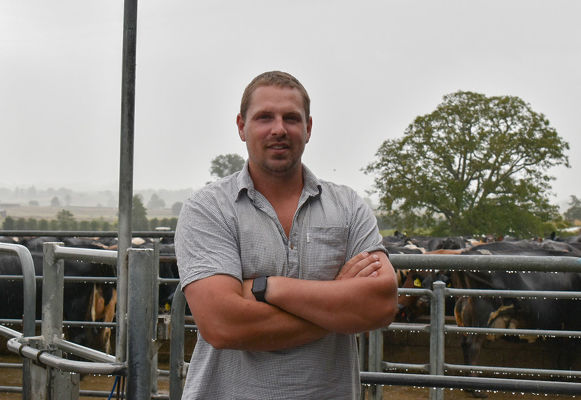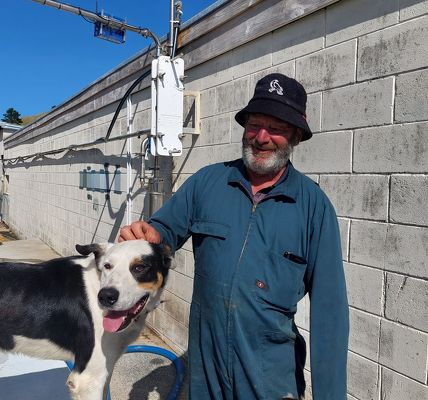Ben & Sam Tippins - Waikato
Sharemilkers on Track to Achieve Milk Quality Targets Through Extra Attention During Calving
South Waikato sharemilkers Ben and Samantha Tippins have found success with their 950-cow herd by focusing on milking procedures, especially during calving. The result? Reduced milking times, fewer mastitis cases, and more milk in the vat.
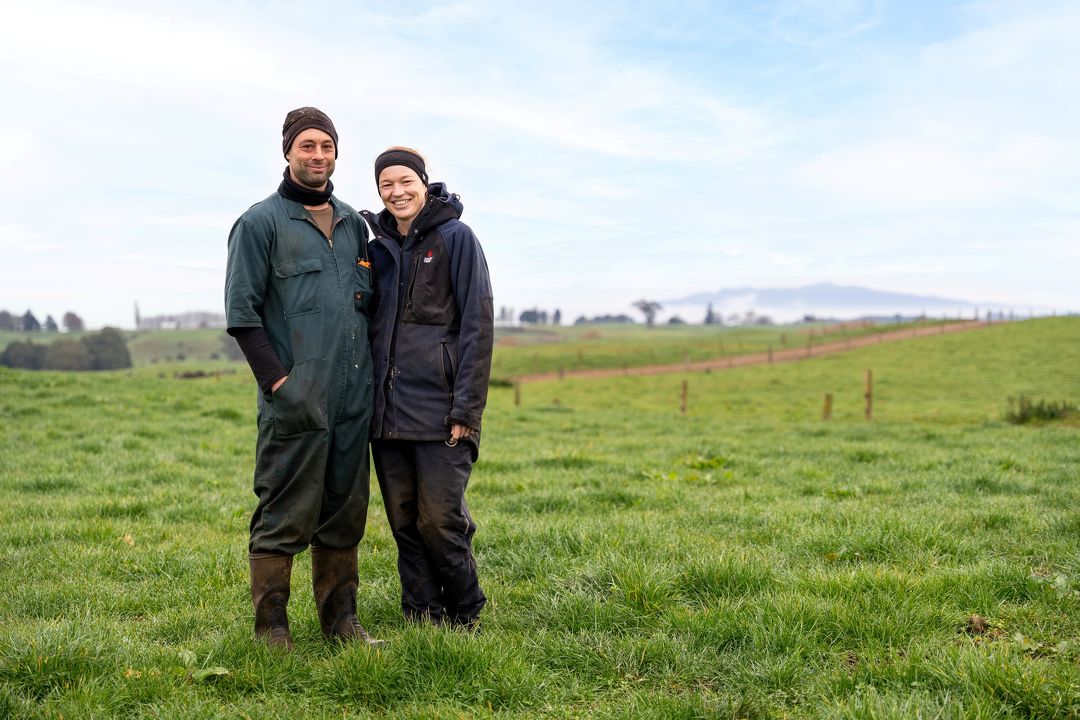
Ben and Samantha milk 950 cows once a day on 300 hectares just north of Tokoroa. With three young kids in tow, they’re in their sixth season on the farm and their third season variable order sharemilking. In their first season, the switch from twice-a-day milking to once-a-day led to a spike in mastitis cases and higher somatic cell counts (SCC). “We thought we could keep doing what we’ve always done, but some of the cows didn't handle it well,” says Samantha. “You’re only seeing the cows once a day, so you have to be more onto it.”
Long milking times, increased labour costs, and ongoing treatment expenses prompted Ben and Samantha to seek outside help. Early in the 22/23 season, they reached out to their local FIL Area Manager, Tania Earnshaw, who observed their milking routine and suggested several changes for the rest of calving. “Tania has been a massive help. The first time she came into the shed, she rolled up her sleeves and was milking cows. FIL is more than just a chemical company; they offer technical support and staff training. We didn’t realise until we went with FIL that the support you get as part of the package is priceless,” says Ben.
The first step was teat spraying the springers before calving. Tania recommended wearing milking gloves to prevent bacteria spread, pre-spraying with an iodine-based teat spray, and trimming tails while waiting for the iodine to work. This was followed by fore-stripping, teat wiping, milking, and post-spraying. They also did a rapid mastitis test (RMT) to check cows before they entered the supply vat. “Tania showed us the importance of spending time with our cows during the first milking and the procedures involved around cleanliness,” says Ben.
With two permanent full-time staff and two casuals over calving, they organised staff training with Tania to make sure everyone understood the new procedures and their benefits. “The staff really responded to hearing things from an outside perspective.”
With a plan in place and training complete, the Tippins started the new milking procedures. “We saw results pretty quickly,” Ben recalls. But during peak calving, with around 60 new mums coming in each day, they skipped some steps to save time and noticed SCC levels started to rise again. Determined to turn things around, they committed to the full 10-step process from the start of the 23/24 season. Another team refresher with Tania before calving helped set the stage. This time, they stuck to the plan throughout the season.
The results were impressive. They had 100 fewer mastitis cases, their average SCC dropped by 100,000 and they have cut treatment costs. "There's been less red drugs purchased and needed on farm. There wasn't as many repeat cases of mastitis as well," says Samantha.
They have also saved time in the cowshed, reducing milking times by an hour and a half.
Ben says they've still got a long ride ahead but if they keep implementing the procedures, they're on the right track. "We’ve saved a lot of time and labour by preventing mastitis and spending a little extra time with the mums after they calve. The team’s motivated by the results. It’s more positive to be preventing mastitis rather than treating it.”
Success with udder health has also boosted morale for Ben, Samantha, and their staff. “Spending less time in the shed means more time at home with family, and we want that for our staff too,” Samantha adds.
Going into the 24/25 season, Ben and Samantha continue to follow the calving milking procedures, aiming for an average SCC of under 150,000 and less than 8% mastitis cases. With their first pickup of the season at 62,000, they are well on track to achieve their goal.


